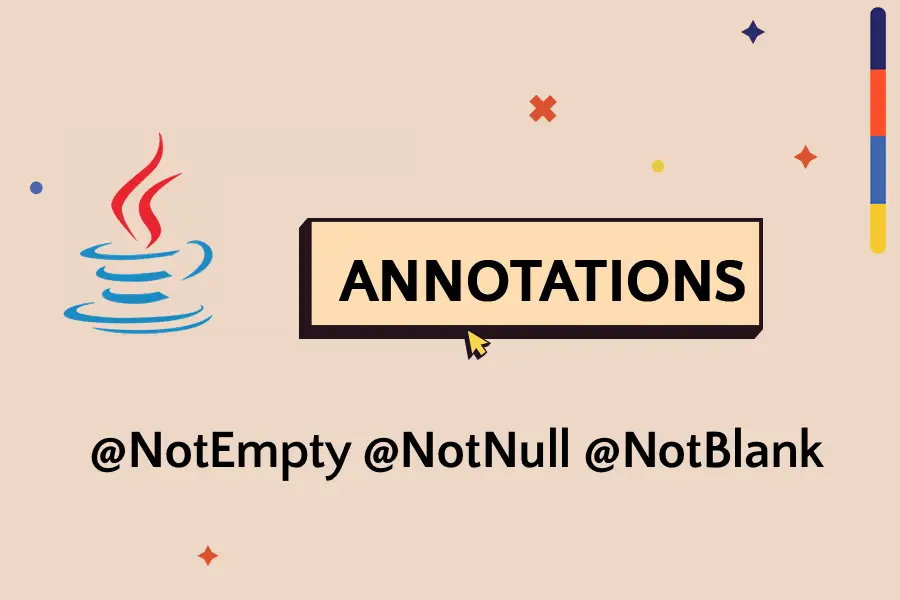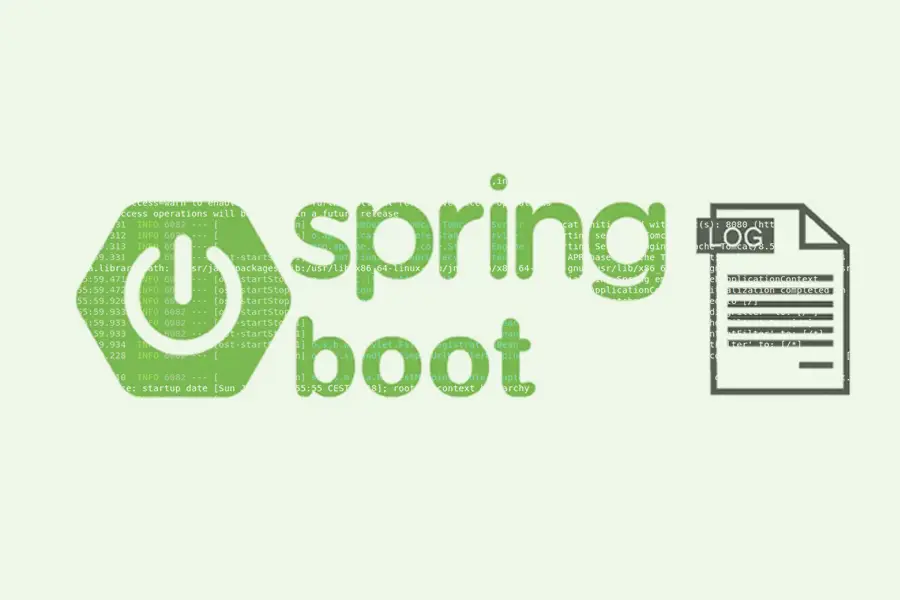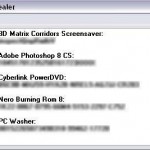Learn about the essential annotations in Java – @NotEmpty, @NotNull, and @NotBlank – and how to use them to validate your data and ensure its integrity. These annotations can help catch errors early on and ensure that your code works as intended.
@NotEmpty, @NotNull, and @NotBlank are annotations in Java used to ensure that certain fields or parameters are not empty, null, or blank.
@NotEmpty
@NotEmpty is an annotation from the Hibernate Validator library and is used to validate that a field or collection is not null and has at least one element. It can be used on strings, arrays, collections, and maps.
For example, consider the following code:
public class Person {
@NotEmpty
private String name;
@NotEmpty
private List<String> hobbies;
// Constructor and methods omitted for brevity
}
In the above code, the name and hobbies fields must have at least one non-empty element for an instance of the Person class to be considered valid.
@NotNull
@NotNull is a built-in annotation in Java used to validate that a field or parameter is not null. It can be used on any type of object.
For example, consider the following code:
public class Person {
@NotNull
private String name;
// Constructor and methods omitted for brevity
}In the above code, the name field cannot be null for an instance of the Person class to be considered valid.
@NotBlank
@NotBlank is an annotation from the Hibernate Validator library and is used to validate that a string is not null and has at least one non-whitespace character. It can only be used on strings.
For example, consider the following code:
public class Person {
@NotBlank
private String name;
// Constructor and methods omitted for brevity
}In the above code, the name field must not be null and must have at least one non-whitespace character for an instance of the Person class to be considered valid.
Using these annotations can help ensure that the input received by a Java method or object is valid and can help catch errors before they cause problems.








